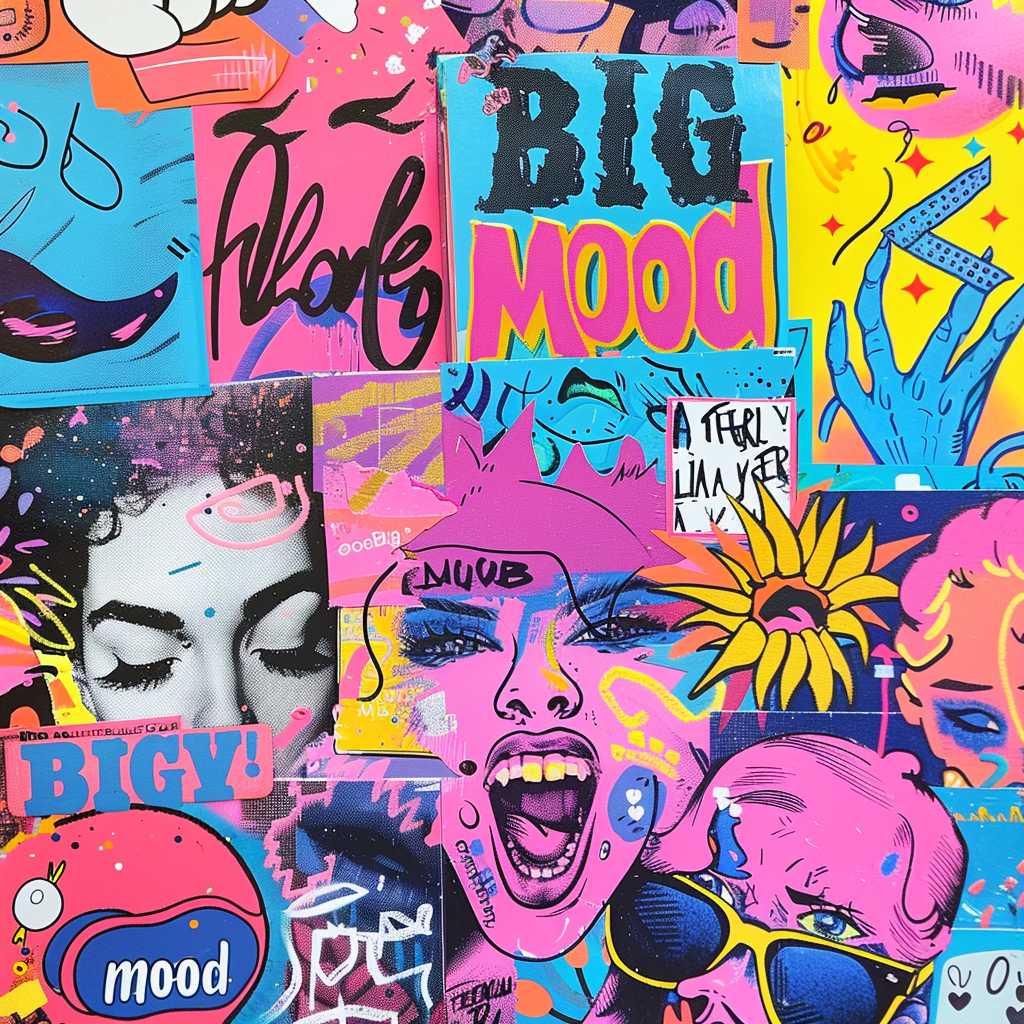Understanding the Phrase ‘Big Mood’: An Exploration into Modern Internet Slang
In the evolving landscape of internet culture and social media communication, the phrase “Big Mood” has emerged as a popular term that encapsulates a wide range of emotions and reactions. This article dives deep into the origin of “Big Mood”, its journey into mainstream vernacular, and the broader context of internet slang shaping modern interaction.
Origins and Evolution of ‘Big Mood’
The phrase “Big Mood” is a bit of a linguistic chameleon, finding its starting point within the depths of online communities before spilling over to widespread use across various social media platforms. Initially coined on Twitter, the term quickly gained traction, capturing the essence of personal sentiments on a grand scale. The broad applicability of “Big Mood” comes from its ability to convey intense emotion, often in response to relatable situations or shared experiences. It embodies a sentiment so palpable it resonates on a virtually universal level among its audience.
From Internet Slang to Mainstream Acceptance
As an internet-born phrase, “Big Mood” may have seemed niche at first—primarily used by younger, social-media savvy users. However, due largely in part to the platform-crossing nature of internet culture, such phrases rapidly infiltrate everyday language, inching toward normalization with every retweet, meme, and mention it garners. Celebrity usage and media adoption play significant roles as well; when public figures and television shows echo these terms, their reach is exponentially expanded.
Impact on Communication and Culture
The acceptance and use of terms like “Big Mood” alter the communication landscape by providing more effective means for individuals to express complex emotional states within the constraints of text-based media. Expressiveness is a valued component of today’s communication styles; hence “Big Mood” serves both practical utility and cultural significance by succinctly capturing an ethos or feeling that might otherwise require long-winded descriptions.
The playful and somewhat nuanced nature of internet slang also challenges traditional language norms, pushing the boundaries of linguistics in the digital era and showcasing the dynamic nature of language evolution.
Use Cases: Examples in Social Media and Daily Conversation
On platforms like Twitter, Instagram, and TikTok, “Big Mood” often accompanies reactions to everything from pet videos to poignant personal stories or humorous observations. Memes punctuated by the phrase circulate at an impressive rate aligned with this sentiment. Notably, the expansive use of this term has rendered it a common sight in both public discourse and private conversations alike, where it melds seamlessly into linguistics as if it has always been there.
Within daily conversation, “Big Mood” is employed both online and offline as shorthand for shared experiences or reactions that strike a chord with larger feelings or aspirations.
The Relationship with Memes and Visual Culture
The idea of a “mood” lends itself well to visualization. This interplay between text and image has made “Big Mood” an ideal partner for memes on visual platforms such as Instagram and Reddit because it can quickly strengthen the message embedded within a shared picture or video.
Visual culture’s role in emotion and communication gives “Big Mood” a natural home within meme-culture — capable not just as text but even more so when combined with compelling imagery triggered by the collective conscience of those engaging with it.
